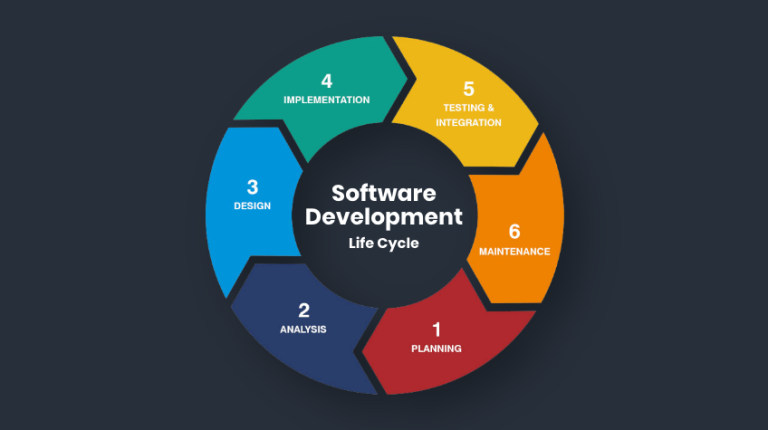Stages of Software Development Guide
Stages of Software Development Guide – Software development is a complex process that involves a series of well-defined stages to ensure the creation of functional, efficient, and high-quality software. Each stage plays a crucial role in the overall success of the project. In this article, we will explore the various stages of software development, providing detailed explanations of each step. 1. Requirements Gathering and Analysis Purpose: The first stage of software development is to gather and analyze the requirements from stakeholders. This involves understanding the needs and expectations of the end-users and other stakeholders. Activities: Outcome: A comprehensive requirements specification document that serves as a blueprint for the development process. 2. Planning Purpose: The planning stage involves creating a roadmap for the development process. It includes defining the project scope, timelines, resources, and budget. Activities: Outcome: A well-defined project plan that guides the development process and helps in monitoring progress. 3. Design Purpose: The design stage focuses on creating the architecture and design of the software based on the requirements gathered. Activities: Outcome: Design documents and prototypes that provide a clear understanding of how the software will be built and how it will function. 4. Development (Coding) Purpose: The development stage involves writing the actual code to implement the software design. Activities: Outcome: A working software application that meets the design specifications and requirements. 5. Testing Purpose: The testing stage involves verifying and validating the software to ensure it meets the specified requirements and is free of defects. Activities: Outcome: A thoroughly tested software application with identified issues fixed, ensuring high quality and reliability. 6. Deployment Purpose: The deployment stage involves releasing the software to the production environment where end-users can start using it. Activities: Outcome: The software is successfully deployed and accessible to the intended users. 7. Maintenance Purpose: The maintenance stage involves providing ongoing support and making necessary updates to the software after deployment. Activities: Outcome: A well-maintained software application that remains functional, up-to-date, and efficient over time. Conclusion The stages of software development form a structured approach to creating high-quality software. From gathering requirements to maintaining the deployed software, each stage is crucial for the success of the project. By following these stages meticulously, development teams can ensure that they deliver software that meets user expectations, is reliable, and adds value to the organization. Contact Us: Website: – Click HereWhatsApp | Call: +254 743 149 267 | + 254 738 352 258Email Address: info@beseenlimited.com | sales@beseenlimited.comFollow our IG: @Beseenlimited
